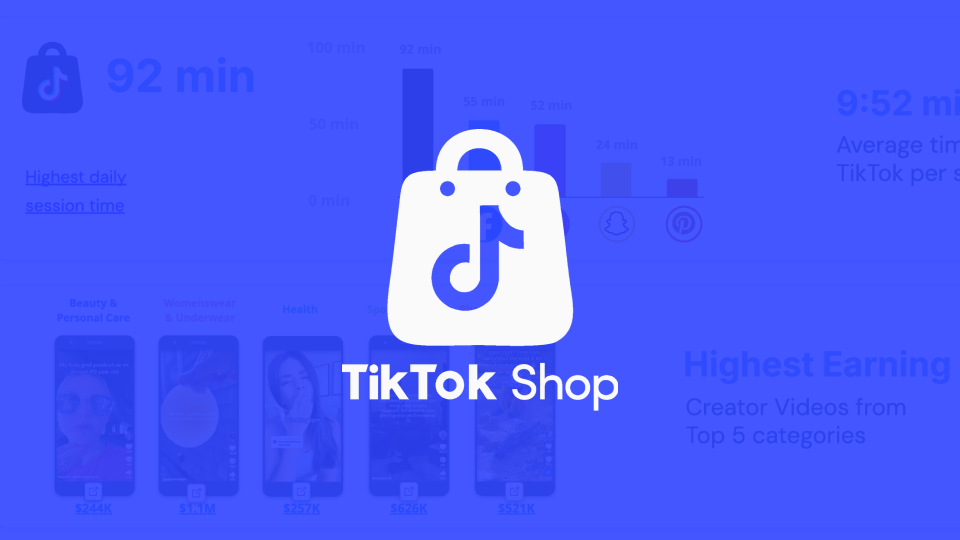
How Vegan Brands Drive Traffic to their Recipe Pages
Key Takeaways

Numerous brands in the food category invest in producing inspiring recipes featuring their products. It’s a popular way for brands to foster product adoption and educate their consumers. It is common for the brands to house their recipes on their websites, but each brand deploys different ways to drive traffic to their recipe pages:
Internal referrals: Internal referrals are the most popular source of the traffic to recipe pages. Chobani effectively directs its website visitors to its Recipe section by prioritizing the link in the main navigation bar and featuring season-relevant recipes on the homepage.
Organic Search: Califia Farms makes a twist on well-known (a.k.a) well-searched recipes and provides detailed cooking instructions to facilitate search engine rankings for relevant searches.
Direct Traffic: Chobani makes it easy for website visitors to share the recipes with their friends and family. The brand lists all recipe sharing options right below the recipe header image and then repeats them at the bottom of the recipe.
Paid search traffic: Only three brands, Blue Diamond, Silk Canada and Califia Farm drive paid search traffic specifically to their recipe pages. Silk Canada targets such trending high-volume keywords and “vegan” and “gluten-free” to capture relevant traffic and drive it to its Recipe section.
Social Traffic: None of the brands in the competitive set has a significant amount of social traffic coming to their recipe pages. Blue Diamond (Almond Breeze umbrella brand in the US) distributes its recipes via all of its social media platforms accompanying each post with a direct link taking users to the recipe pages.

Maintaining an active and relevant recipe section is a popular way for many brands in the food industry to:
- drive traffic to its website
- educate followers on social platforms and
- drive adoption of their products.
This case study explores how 5 vegan brands leverage their cooking content, how they drive traffic and build awareness of their recipes.


5 out of 7 brands in the competitive set actively maintain and promote the Recipe section on their websites.


Blue Diamond has the highest share of visits to their Recipe pages — 13% of all website traffic visited at least one recipe page.


Internal referrals are the main source of visits to the recipe sections. 60% of users who visited the Recipe section on Chobani’s website got there from another page on the website.

How Chobani drives internal referrals to the Recipe section:
- Primary navigation. Chobani prioritizes a Recipe link on its main navigation. In fact, the link to the Recipe section comes second, right after the link to the Product page.
- Homepage feature. The brand keeps a recipe slider with season-relevant recipes at the bottom of the page. Chobani tailors its content to seasonal preferences: refreshing drinks for summer and seasonal fruits and vegetables.


Organic search is the second most popular way for visitors to reach recipe pages. All three brands – Califia Farms, Ripple Foods, Blue Diamond – have approximately the same share of organic search traffic to their Recipe sections.

How Califia Farms drives Organic search to its recipe pages:
- Popular recipes. Califia Farms makes a twist on well-known recipes (i.e. dutch pancakes, blueberry cobbler, creamy mashed potatoes) instead of coming up with unique names and extravagant meals. This approach helps Califia Farms capture people that already seek how to cook these meals.
- Lengthy Descriptions. The brand provides lengthy cooking instructions even for very simple recipes enabling search engines to index appropriate keywords and serve the pages for relevant search queries.
Califia Farms calls its section with the recipes Blog, which isn’t a self-explanatory name and can explain a relatively low (39%) share of internal referral traffic.


The share of direct traffic ranges between 4% and 23%, where Chobani (23%) has the highest percentage of direct visits to the recipe pages and Califia Farms (4%) the lowest.

How Chobani drives direct traffic to its Recipe section:
- Easy to share. Chobani ensures its recipes are easy to share. The brand includes all sharing options right after the recipe title and then duplicates the same sharing links at the very end of the case study.
Recipe sharing options include: Pinterest, Facebook, Twitter and email.


Only three brands – Blue Diamond, Silk Canada and Califia Farm – drive paid search traffic specifically to their recipe pages. Silk Canada has the highest share (14%) of paid visits to its Recipe section.

How Silk Canada drives paid search traffic to its Recipe section:
- Recipe-specific search ads. Silk Canada runs search ads to capture traffic searching for vegan and gluten-free recipes as well as specific meals (i.e. black bean burger, gluten-free apple muffins, overnight oats, protein sorbet smoothie).


Sharing recipes across social media is a popular content tactic for all brands in the competitive set.

How Blue Diamond (Almond Breeze USA) drives social traffic to its Recipe section:
- Add links to recipe posts. Blue Diamond leverages its massive 655K social following that’s mainly concentrated on Facebook to spread the word about its plant-based recipes. The brand ensures to add a direct link that takes followers directly to the recipe on the brand’s website. In addition, Blue Diamond saves all its Instagram recipe stories in a separate highlight.

Complimentary Strategy Session
Take the next step in your market planning. Request your free strategy session today.
Book Your Session →














